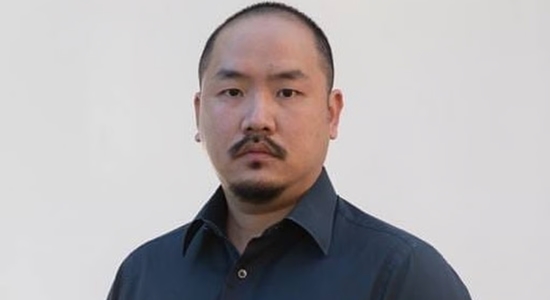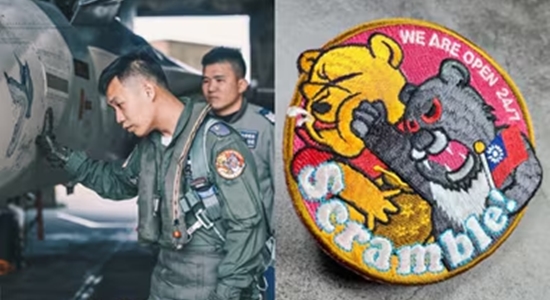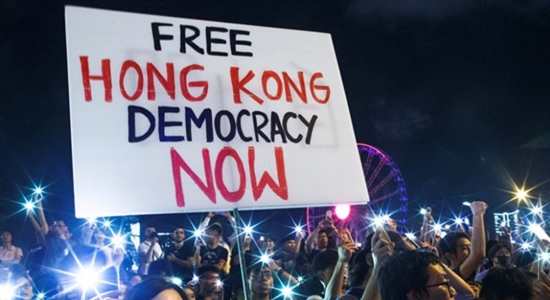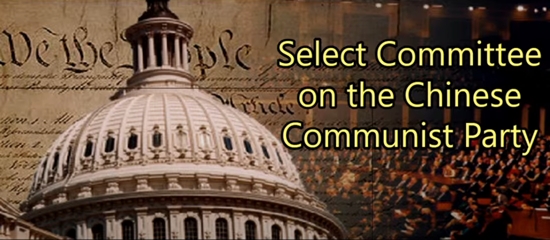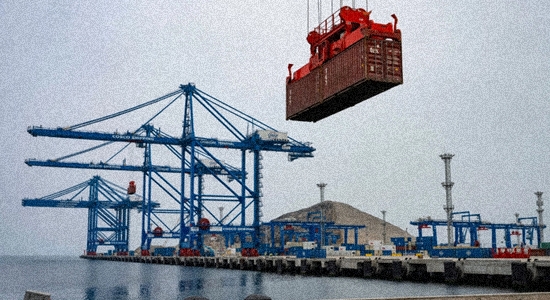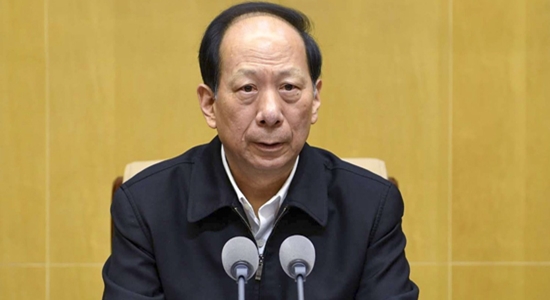
Some Japanese officials object to the Chinese coast guard’s violent actions in the South China Sea (PhilStar Global, September 2, 2024). Meanwhile, others in Japan, lawmakers belonging to an opposition party, seek to promote more cooperation and understanding between Japan and China and between their party and the Chinese Communist Party (Kyodo News, August 30, 2024).
Thus, on August 29:
A delegation of Japanese opposition party lawmakers on Thursday agreed with China’s ruling Communist Party to increase mutual high-level visits and dialogue to help promote healthy and stable Sino-Japanese relations, the leader of the Japanese group said.
The Constitutional Democratic Party of Japan and the Communist Party signed a memorandum of understanding to boost cooperation and communication between them, according to Katsuya Okada, secretary general of Japan’s main opposition force.
A couple of days later:
A CCG vessel deliberately collided three times with Philippine Coast Guard (PCG) vessel BRP Teresa Magbanua—which was exercising its freedom of navigation in the Philippines’ exclusive economic zone (EEZ)—causing damage to the ship and jeopardizing the safety of the crew onboard.
The latest collision was the fifth maritime confrontation in a month.
In the zone
Although such violence is often called “gray-zone” because it is not a direct prelude to or part of all-out war, it is also pretty black-and-white. The bad guys: the CCG and the ones giving them their marching orders, the CCP. Grayer is the status of those who think the problem is too little dialogue promoting healthy and stable international relations.
Japan’s ambassador to the Philippines seems to recognize the unhealthy and destabilizing nature of the ramming.
Japanese Ambassador Kazuya Endo, who was singled out by the Chinese embassy in Manila for his remarks on China’s dangerous actions and repeated harassment in the South China Sea, said “Japan stands together with the Philippines by upholding rule of law at sea” and opposed the use of force or coercion.
The ambassador is “seriously concerned over the repeated incidents including yesterday’s collision by a CCG vessel against a Philippine vessel. Japan opposes any unilateral attempts to change the status quo by force or coercion.”
The Australian ambassador to the Philippines, HK Yu, agrees. “Repeatedly ramming vessels is unacceptable and dangerous.”
The American government agrees. A U.S. State Department spokesman, Matthew Miller, says that the United States “stands with its ally, the Philippines, and condemns the dangerous and escalatory actions by the People’s Republic of China against lawful Philippine maritime operations in the vicinity of Sabina (Escoda) Shoal in the South China Sea….”
United and disunited
Meanwhile, during talks with the Chinese Communist Party, Katsuya Okada, secretary general of Japan’s Constitutional Democratic Party, has been telling Shi Taifeng (shown above), head of the CCP’s United Front Work Department, that “exchanges between lawmakers of the Asian neighbors have decreased and expressed his willingness to promote more interaction between younger members of the two parties.”
In a discussion of the Chinese Communist Party’s united front work, the Select Committee on the CCP described it as “a unique blend of influence and interference activities, as well as intelligence operations, that the CCP uses to shape its political environment, including to influence other countries’ policy toward the PRC and to gain access to advanced foreign technology. It is coordinated by the CCP’s United Front Work Department and carried out by an extensive network of organizations and individuals….”
Also see:
StopTheChinazis.org: “Japan to the Rescue in the South China Sea?”

